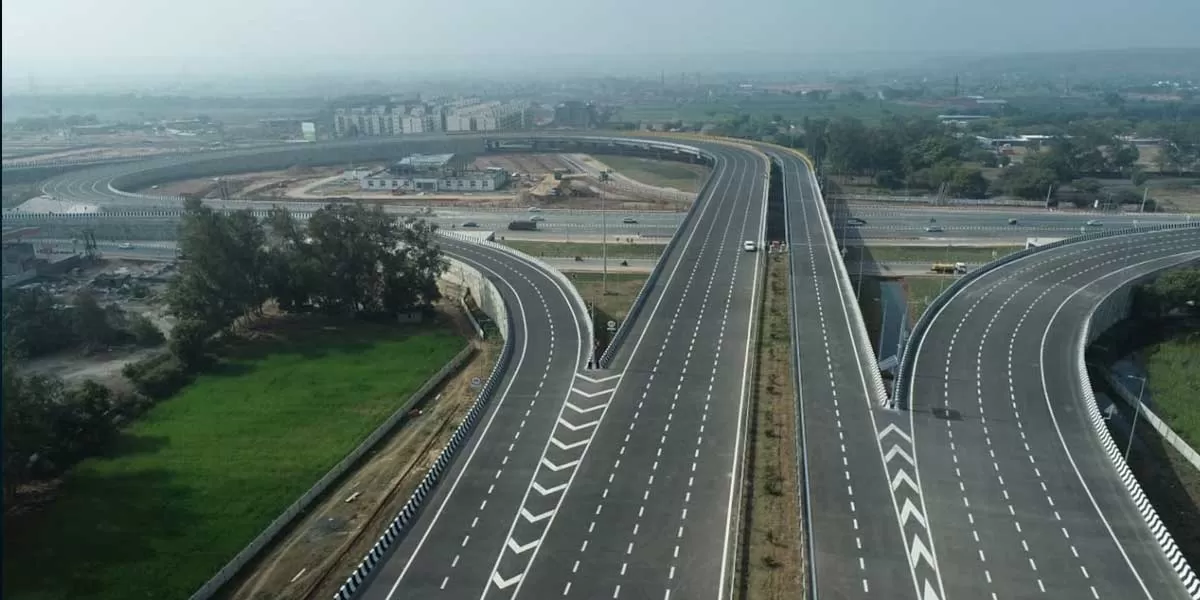According to a report, the National Highways Authority of India (NHAI) is preparing to roll out this system on the 28-km urban expressway, which aims to enhance compliance tracking and lay the groundwork for future satellite-based tolling.
Multi-lane free-flow tolling, already implemented in various countries, simplifies toll collection and helps reduce traffic congestion. Currently, while the Delhi-Meerut Expressway employs gantry-based tolling, it still features a physical toll plaza in Meerut for fee payment. In contrast, the Dwarka Expressway will have no such plazas. The NHAI is also considering passive methods to recover unpaid tolls, with gantries expected to be installed at the Delhi-Gurgaon border.
This gantry-based tolling approach—also known as satellite or GNSS-based tolling—utilises virtual toll booths to monitor vehicles and automatically deduct tolls from user accounts.
The toll rate for the Dwarka Expressway has not yet been finalised. However, the NHAI has requested updates to the Vahan system, India’s vehicle registration database, to assist in recovering unpaid tolls. The proposal includes displaying outstanding toll amounts on the Vahan portal, along with vehicle images as evidence.
Vehicle owners will be unable to transfer their registration or obtain a No Objection Certificate (NOC) or fitness certificate until their dues are settled. They will have the option to either pay the toll or contest the charges within seven days of receiving the notice. (FE & report- TOI)


